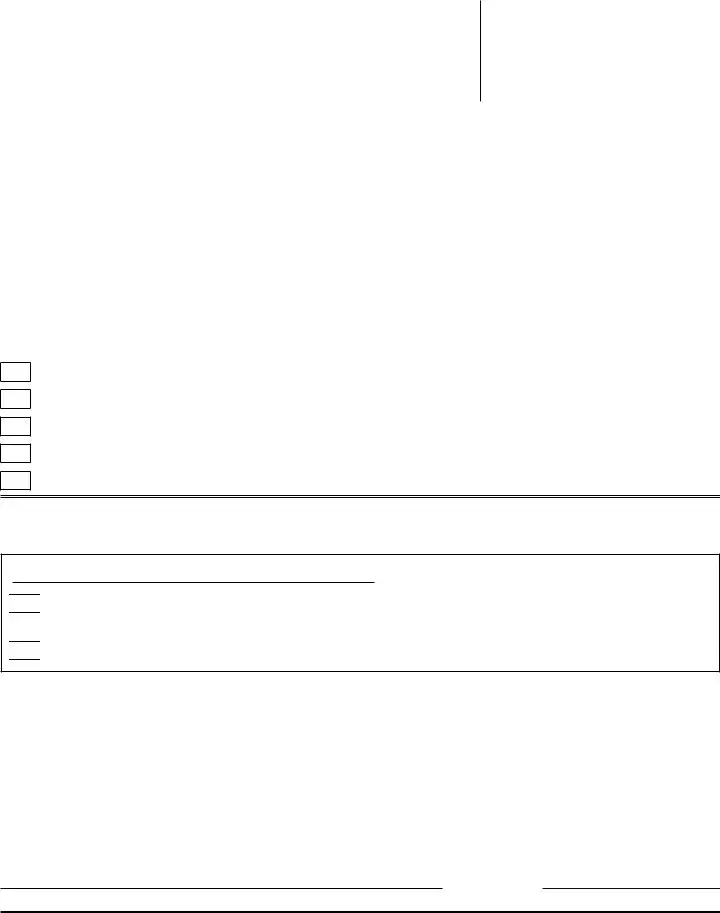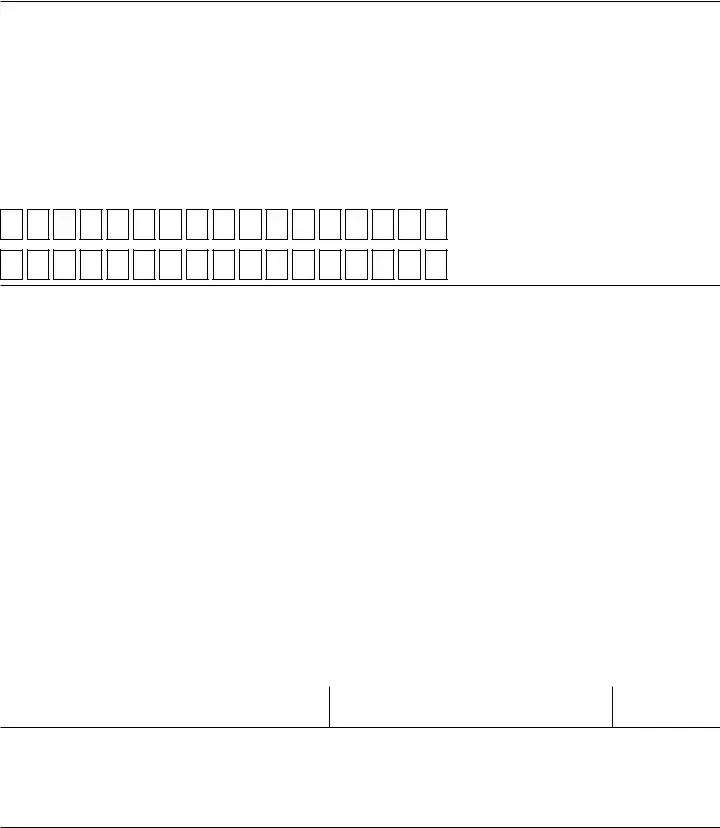MARYLAND STATE RETIREMENT AGENCY
120 EAST BALTIMORE STREET
BALTIMORE, MARYLAND 21202-6700
TRUSTEE-TO-TRUSTEE DISTRIBUTION FORM |
|
|
|
|
|
|
|
|
FOR ROLLOVERS |
|
RETIREMENT USE ONLY Form 193 (REV. 4/13) |
|
|
SECTION I |
|
|
|
|
|
|
|
To be completed by Payee and forwarded to Payee’s financial institution |
|
|
|
|
|
|
|
|
|
|
|
|
|
|
|
|
Last Name |
First |
M.I. |
Social Security |
# |
|
|
|
|
|
|
|
|
- |
- |
|
|
|
|
|
|
|
|
|
|
|
MISCELLANEOUS: |
|
|
Day Time Phone # |
|
|
|
( ) |
- |
- |
|
|
HOME ADDRESS: |
|
|
|
|
|
|
|
|
|
|
|
|
|
|
Ext |
|
|
|
|
CITY: |
STATE: |
ZIP: |
|
|
|
|
|
|
|
|
|
|
|
|
|
|
|
|
|
|
|
|
|
|
|
|
|
|
|
|
|
|
|
TYPE OF DISTRIBUTION: Check [4] Distribution Type:
Withdrawal of Accumulated Contributions (Form 5)
Withdrawal of Voluntary Funds (Form 742)
Application for Payment of Lump Sum Deferred Vested Benefit (Form 742.1)
Death Benefit (Surviving Spouse of Employee or Retiree) (Form 745)
Withdrawal of Deferred Retirement Option Program (DROP) Account (Forms 505; 757)
Based on the distribution option I selected on my Withdrawal ofAccumulated Contributions (Form 5), Withdrawal of Voluntary Funds (Form 742), Application for Payment of Lump Sum Deferred Vested Benefit (Form 742.1), Death Benefit Claim Form (Form 745) or Withdrawal of DROPAccount (Forms 505; 757), I direct the SRAto do the following:
Check [4] only one option to indicate payment selection.

 Pay to me my designated flat dollar refund amount of $___________________.
Pay to me my designated flat dollar refund amount of $___________________.
OR

 Pay to me all federal “NON-TAXABLE” funds to be determined at time of payment.
Pay to me all federal “NON-TAXABLE” funds to be determined at time of payment.
AND
The account balance will be made payable to your designated IRA or Eligible Employer Plan. (Note: distributions to a 457(b) governmental plan or a 403(b) tax sheltered annuity may not exceed the taxable amount.)
I understand the Agency may issue two checks to me: one payable to my order and the other payable to the order of the IRA or Eligible Employer Plan that is to receive my distribution. I understand that I am responsible for promptly delivering the check for my distribution directly to the IRA or Eligible Employer Plan for processing, and I agree to do so.
SRA will not process more than one trustee-to-trustee distribution. Thus, if you want to move funds between IRA’s and/or Eligible Employer Plans, contact the IRA or Eligible Employer Plan to which you are making the direct rollover to deter- mine whether transfers are allowable.
I understand and agree to the above distribution conditions.
If you need assistance in completing this application, telephone a retirement benefits specialist at 410-625-5555 or toll-free at 1-800-492-5909.


 Pay to me my designated flat dollar refund amount of $___________________.
Pay to me my designated flat dollar refund amount of $___________________.
 Pay to me all federal
Pay to me all federal 